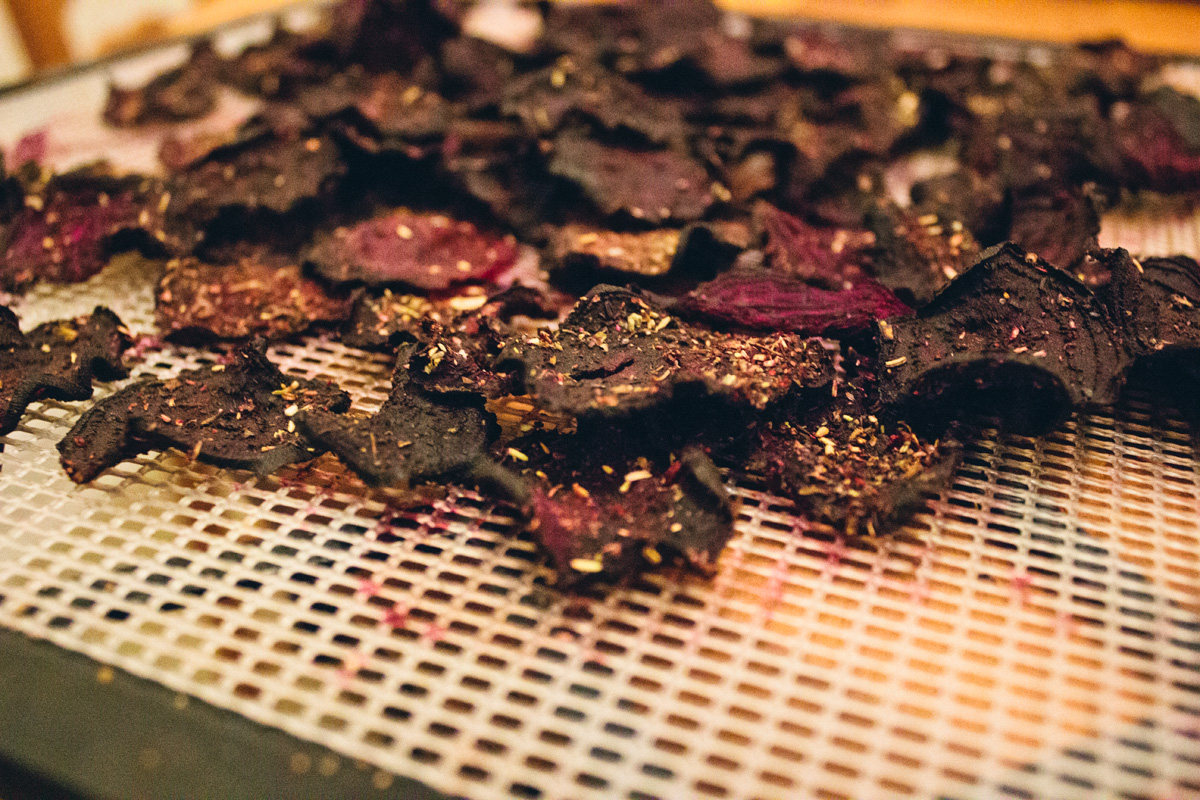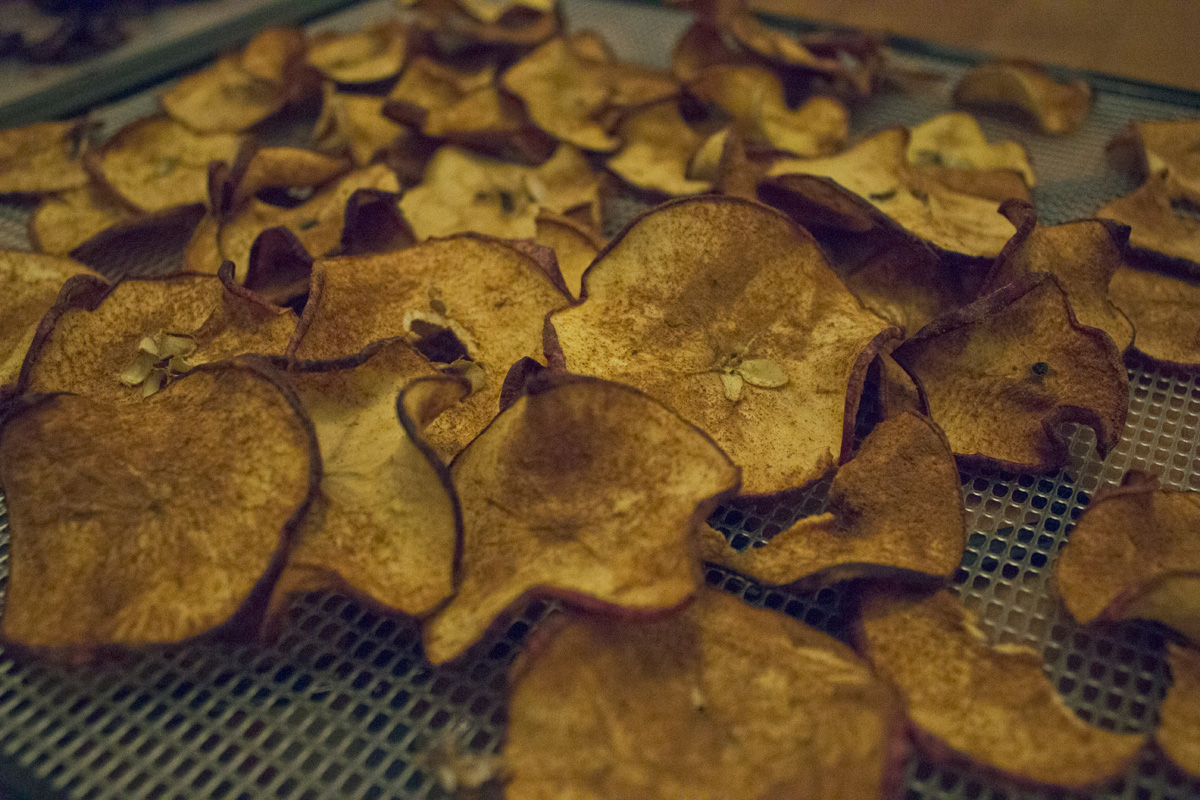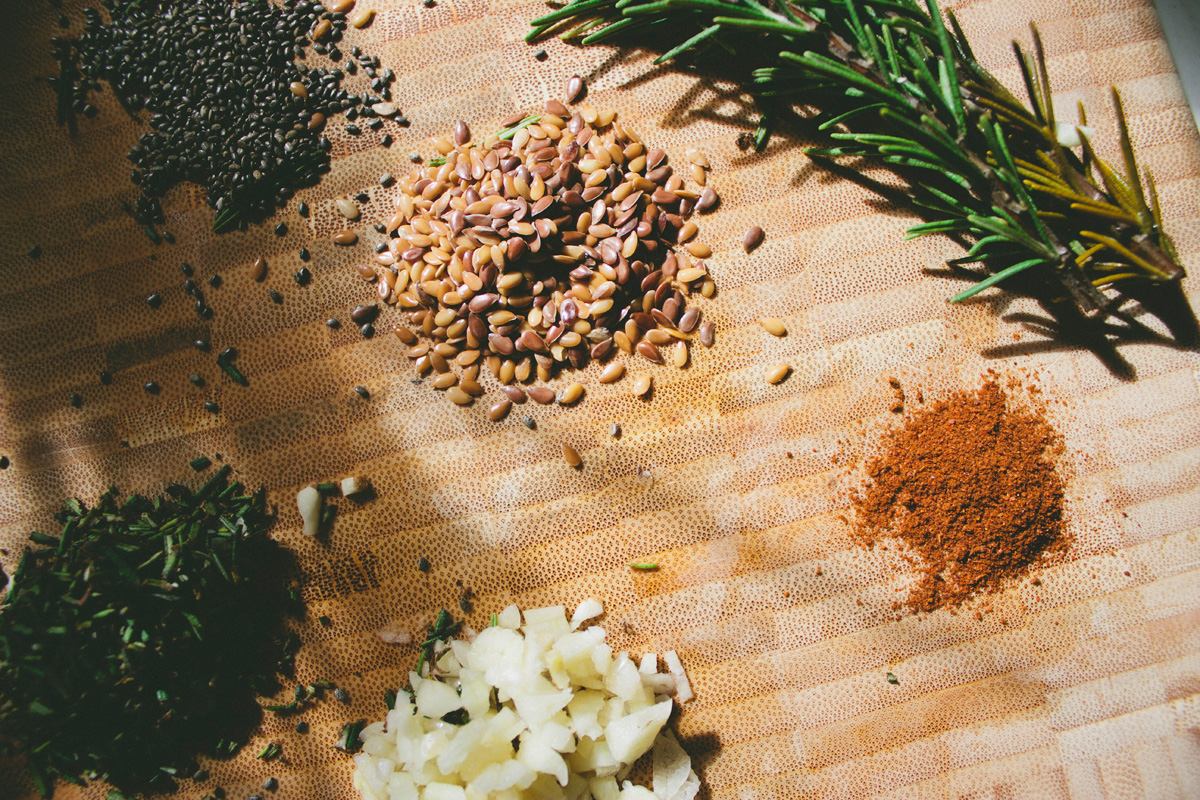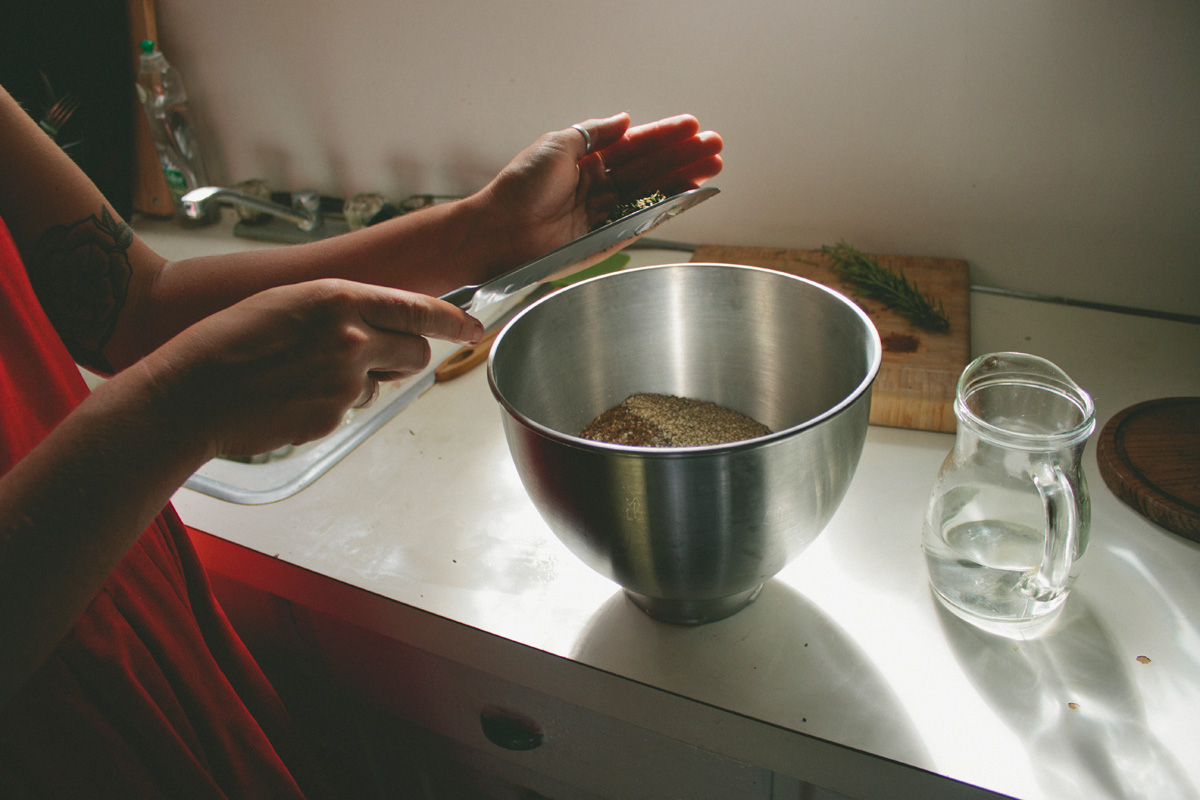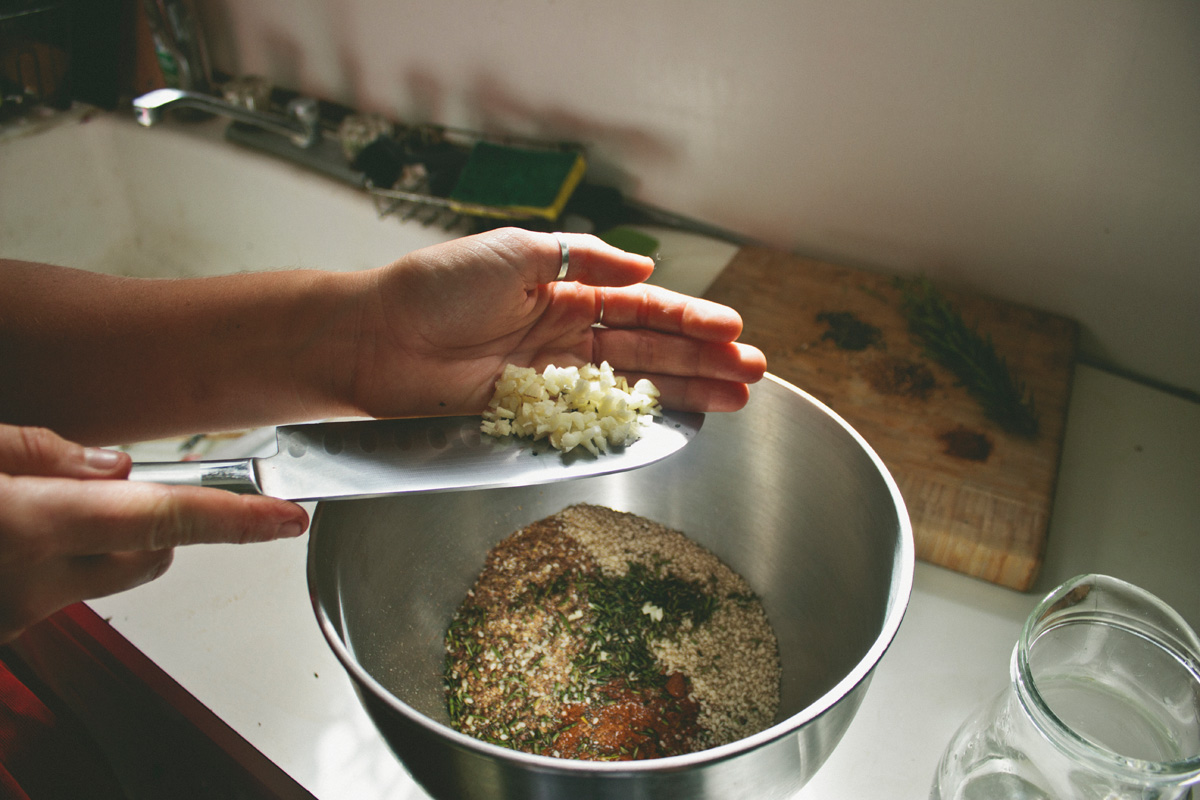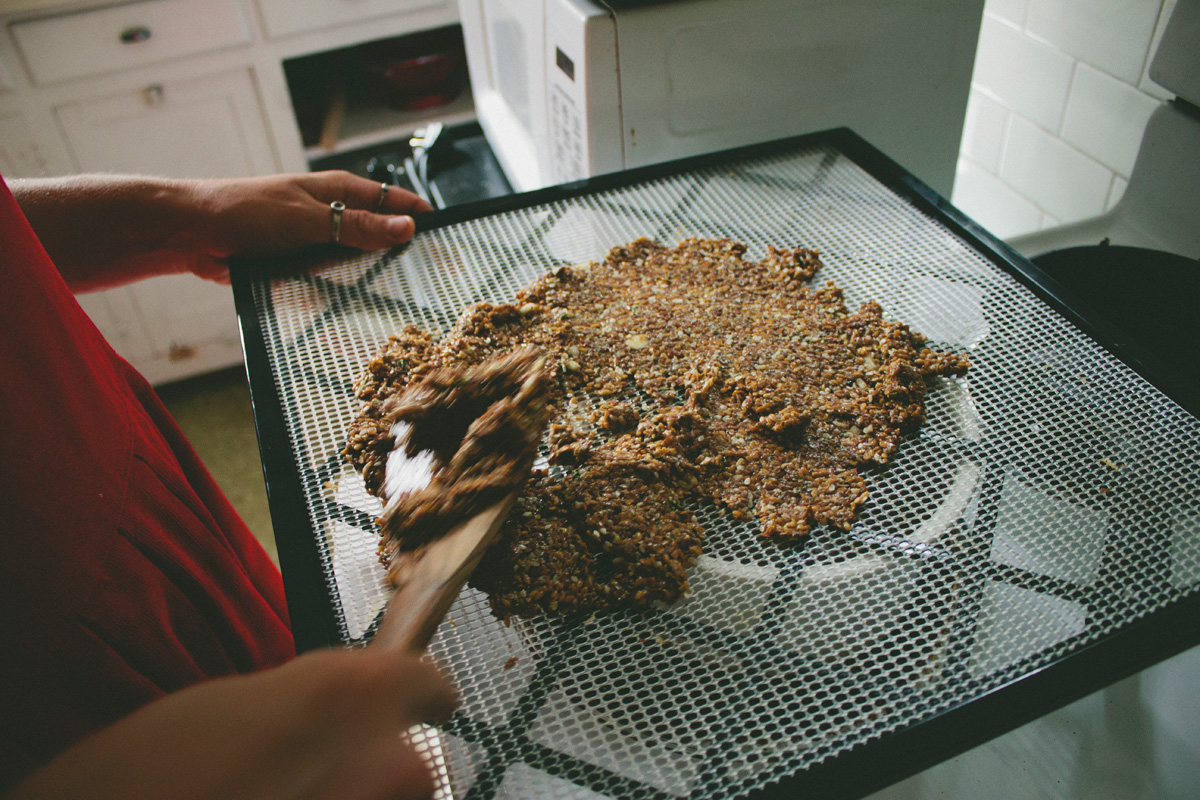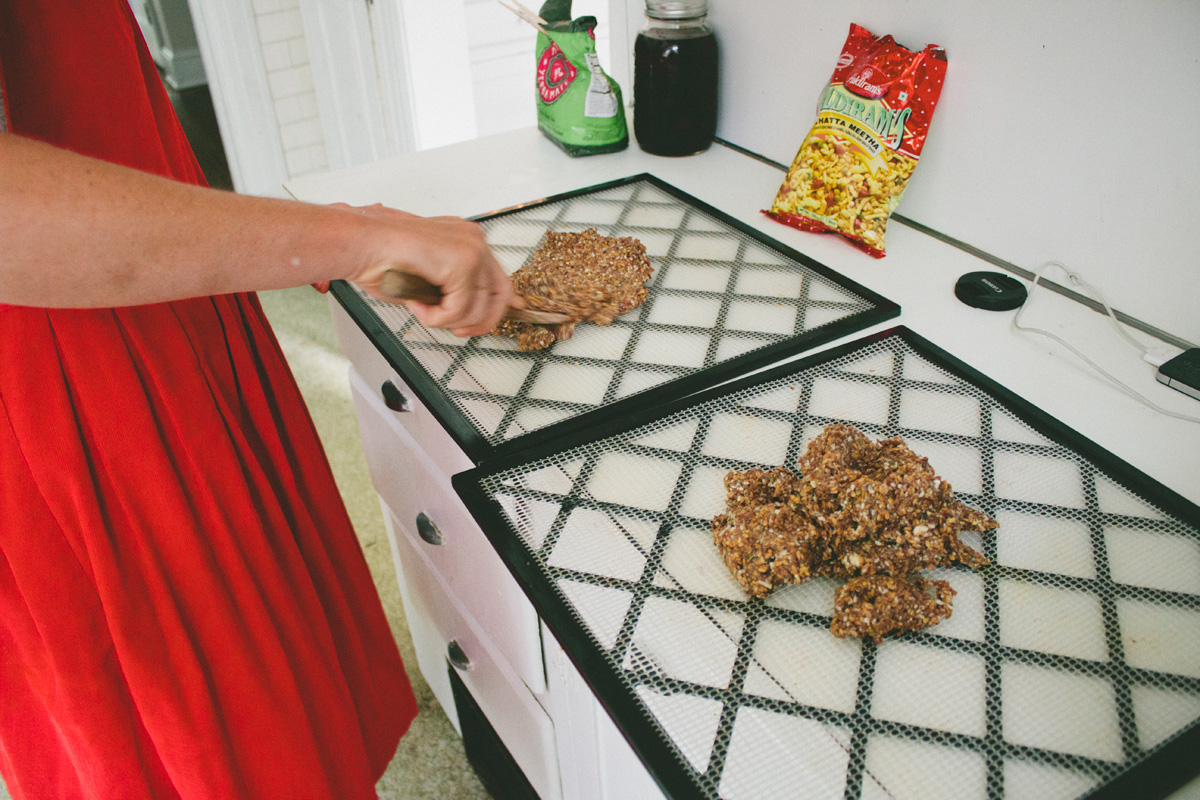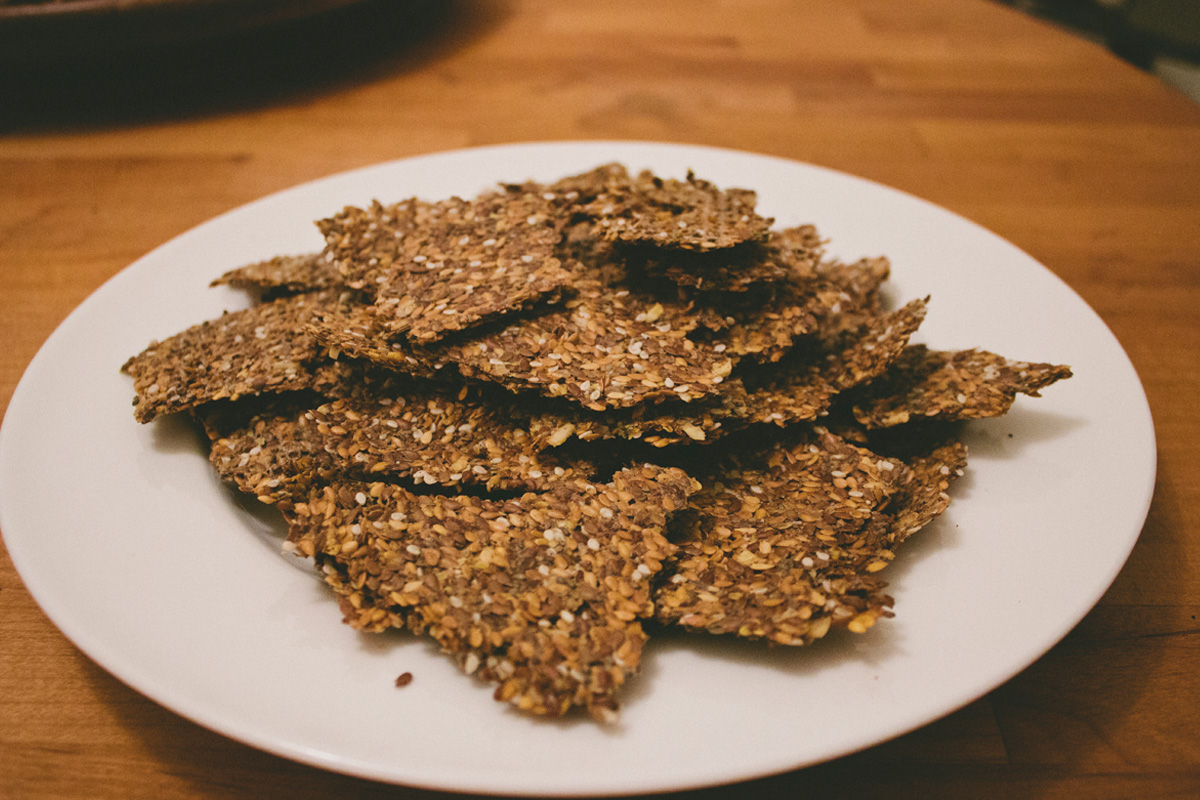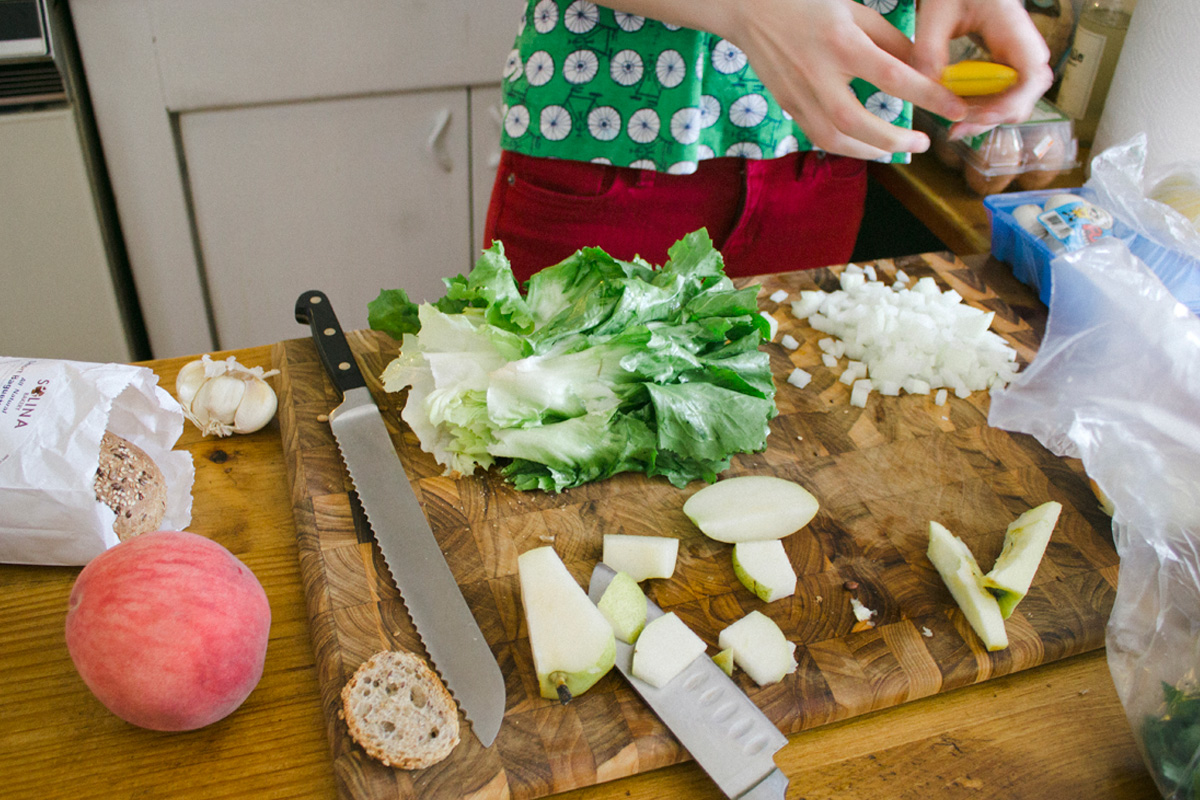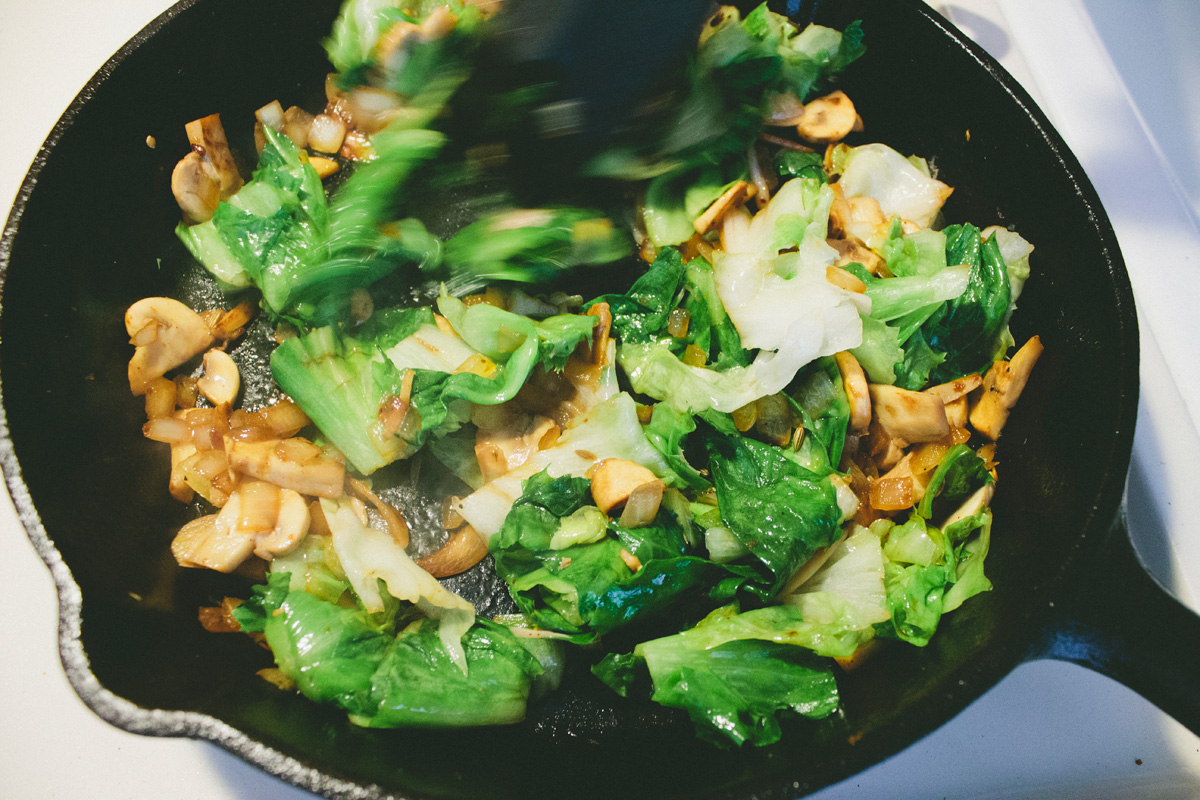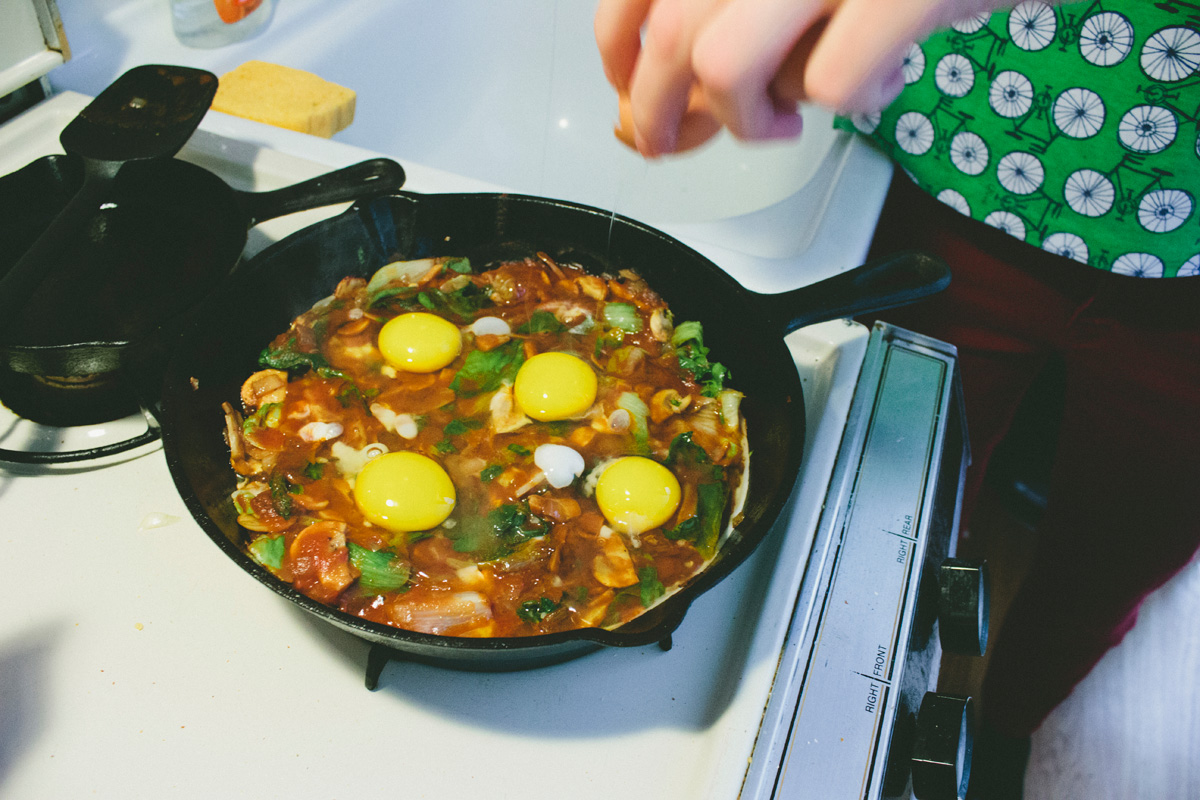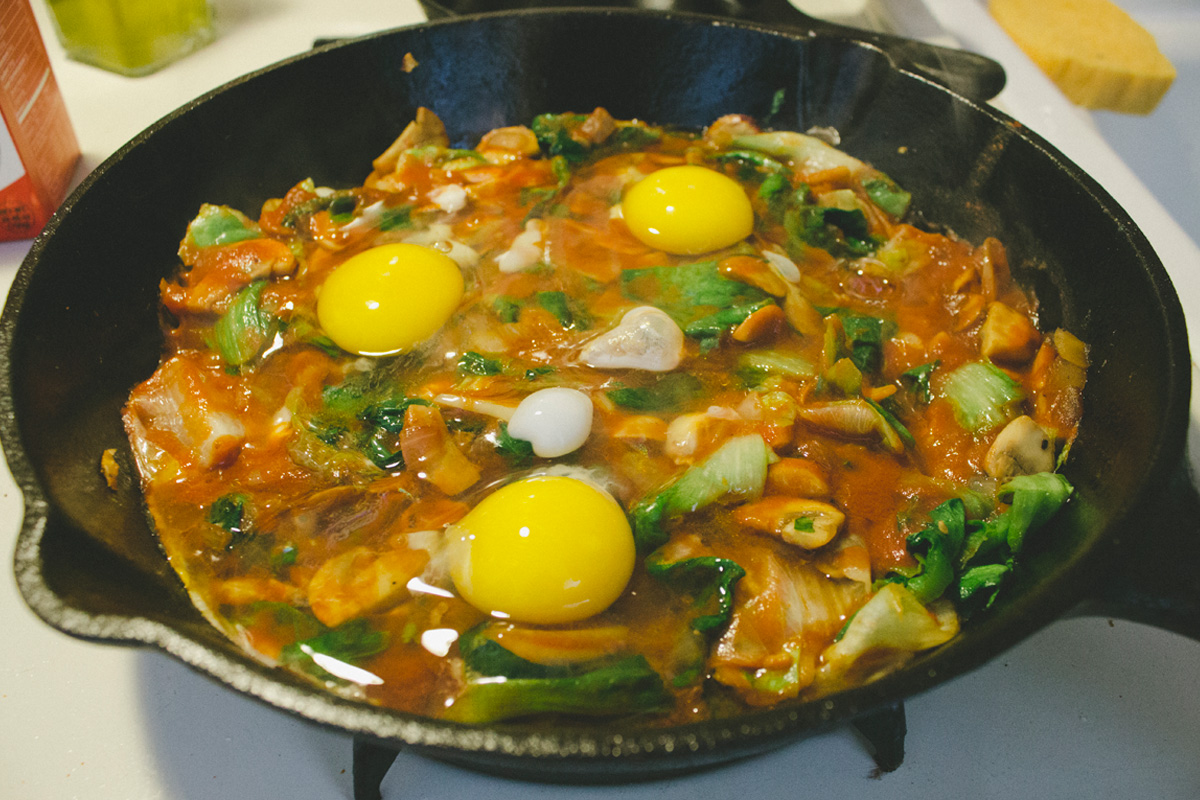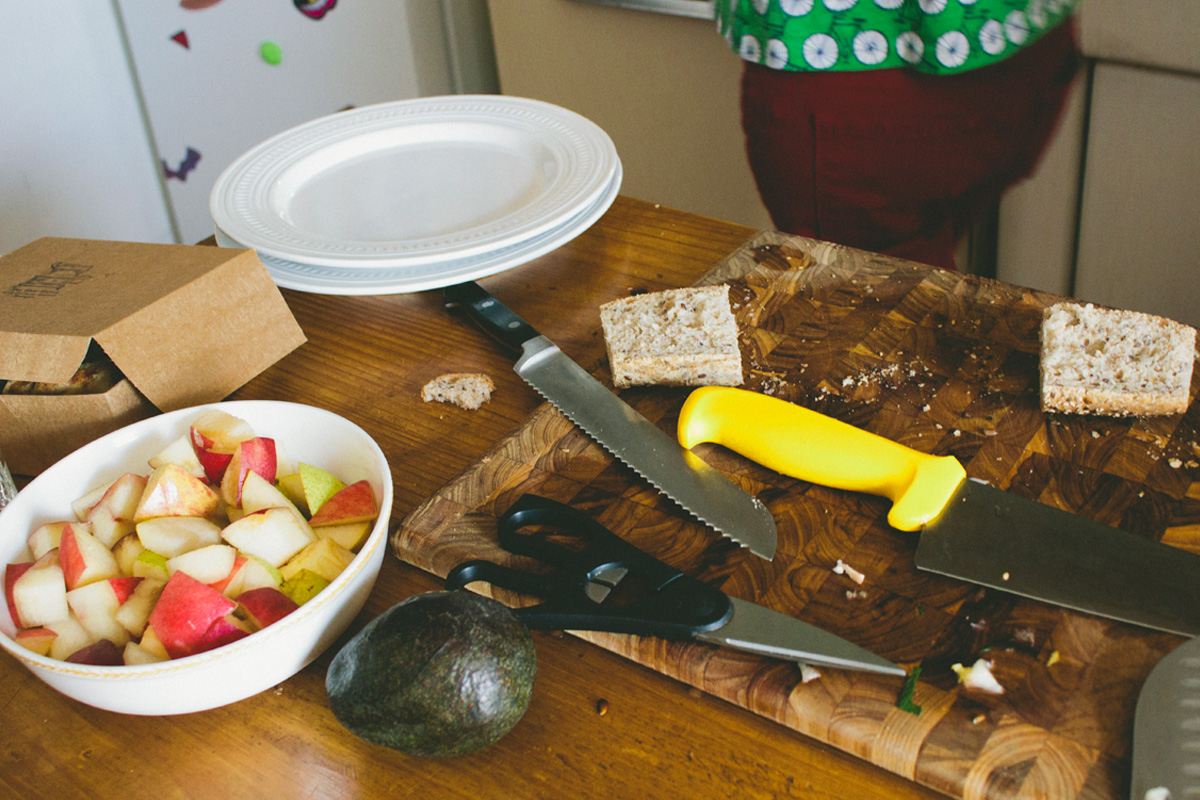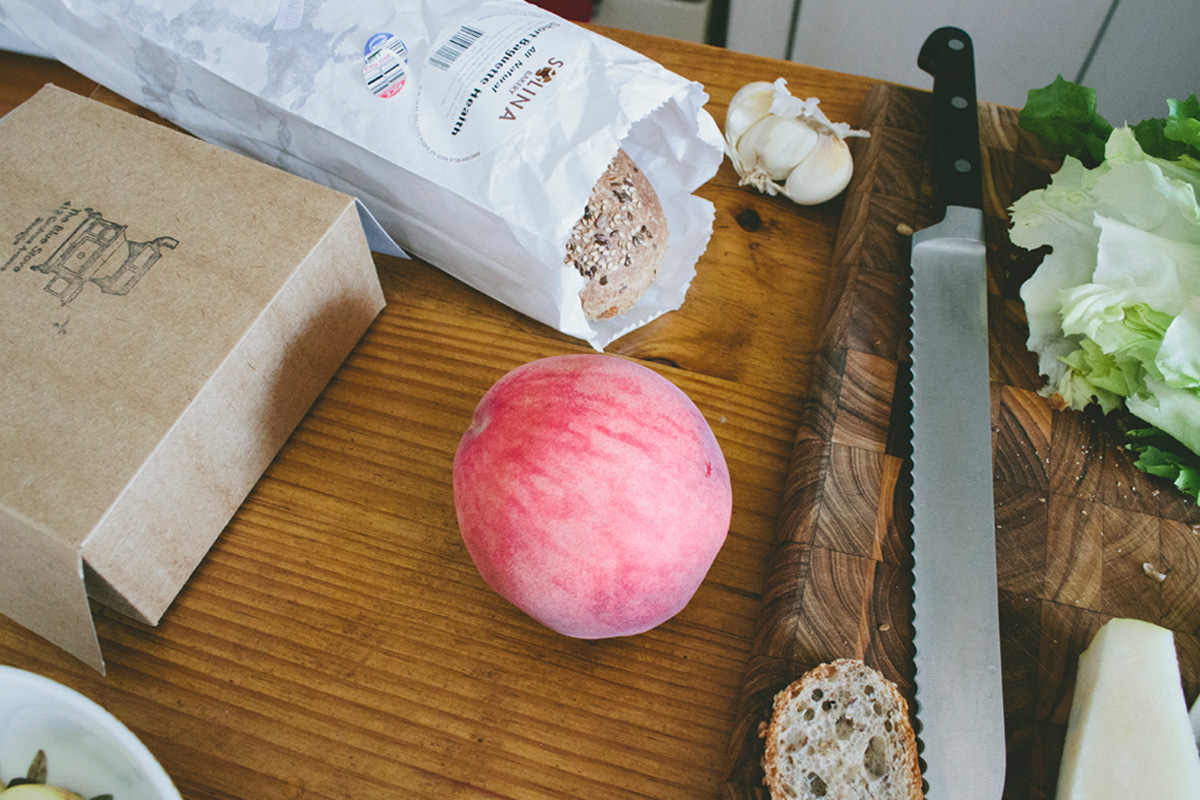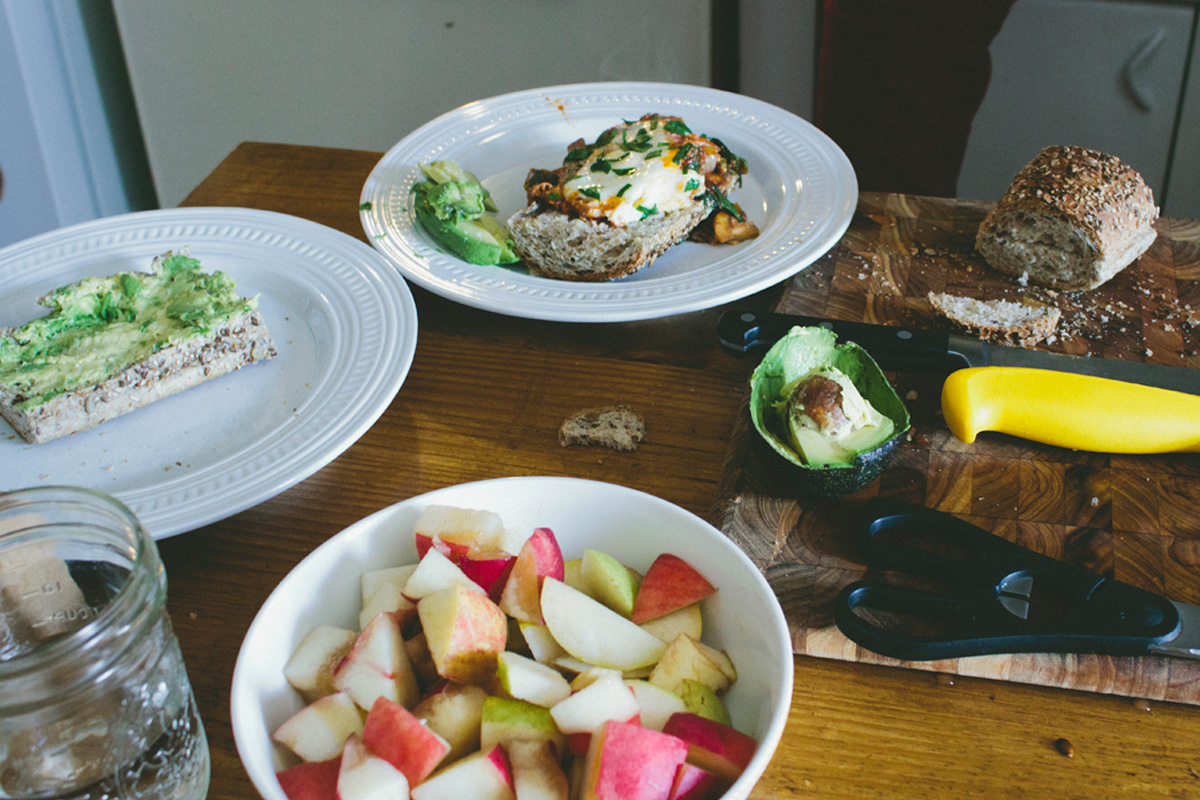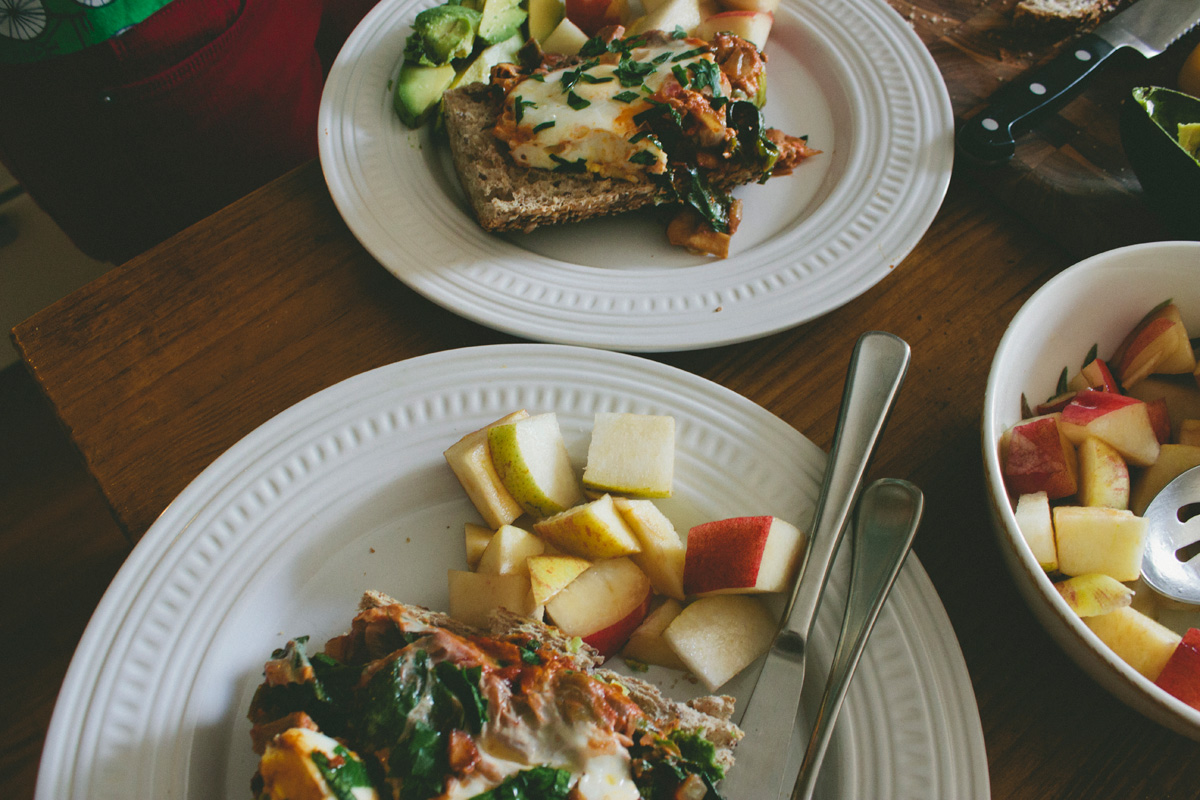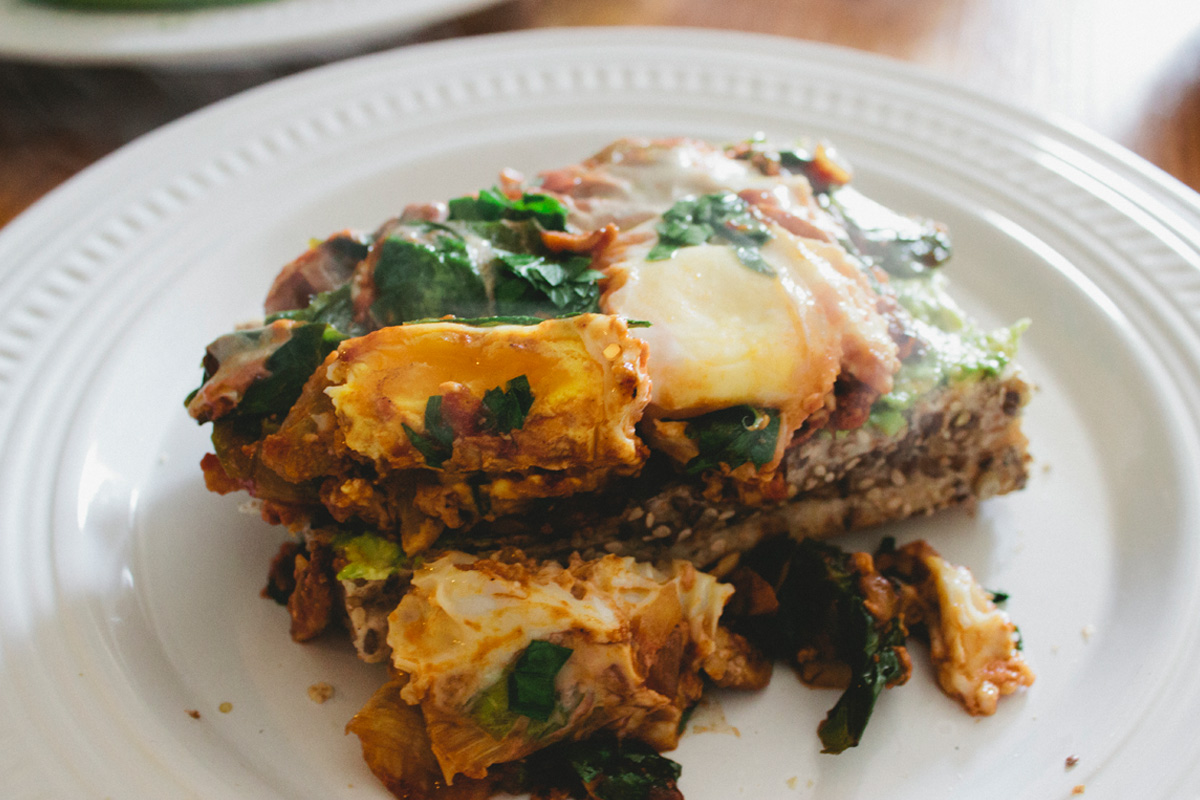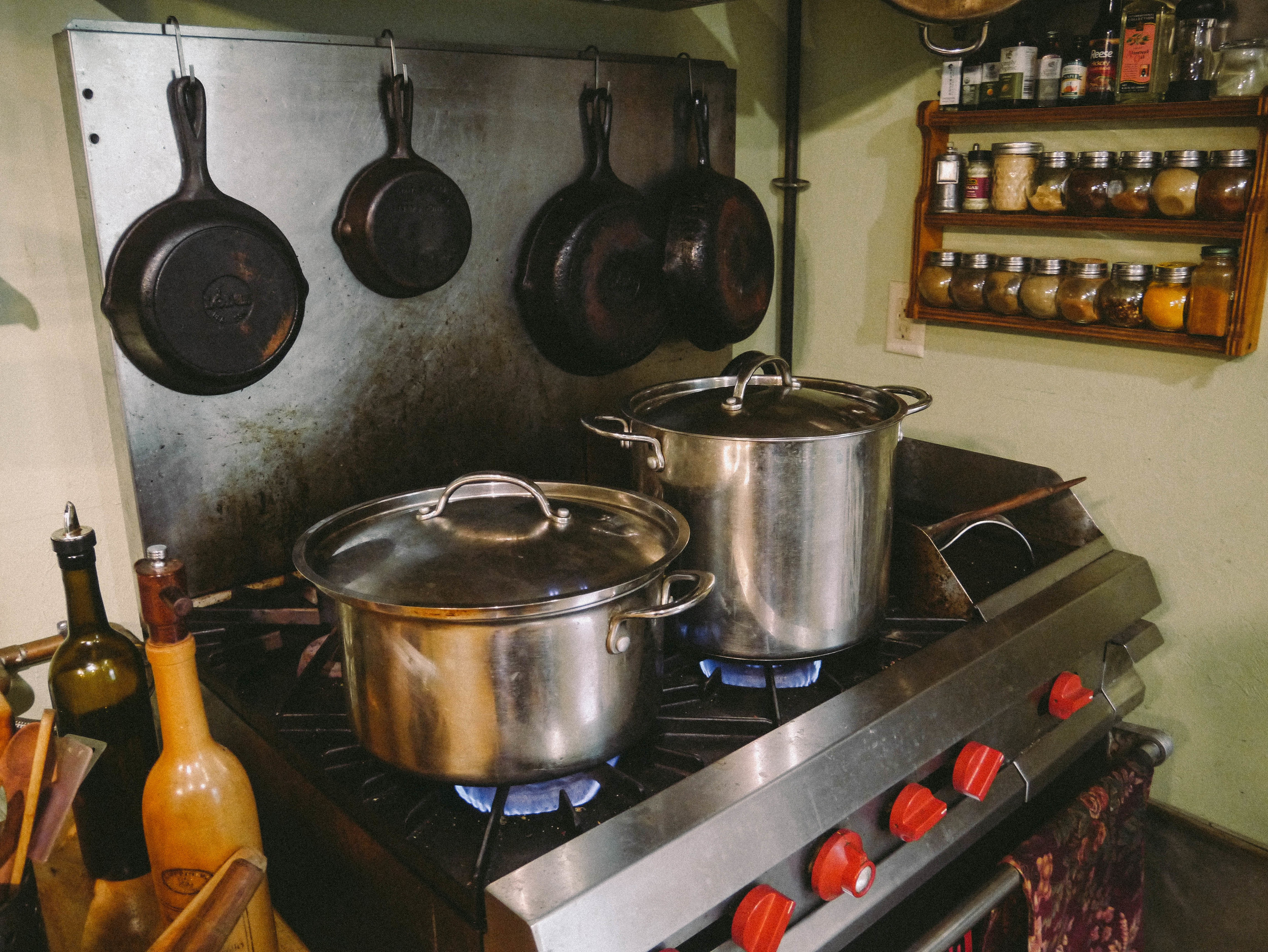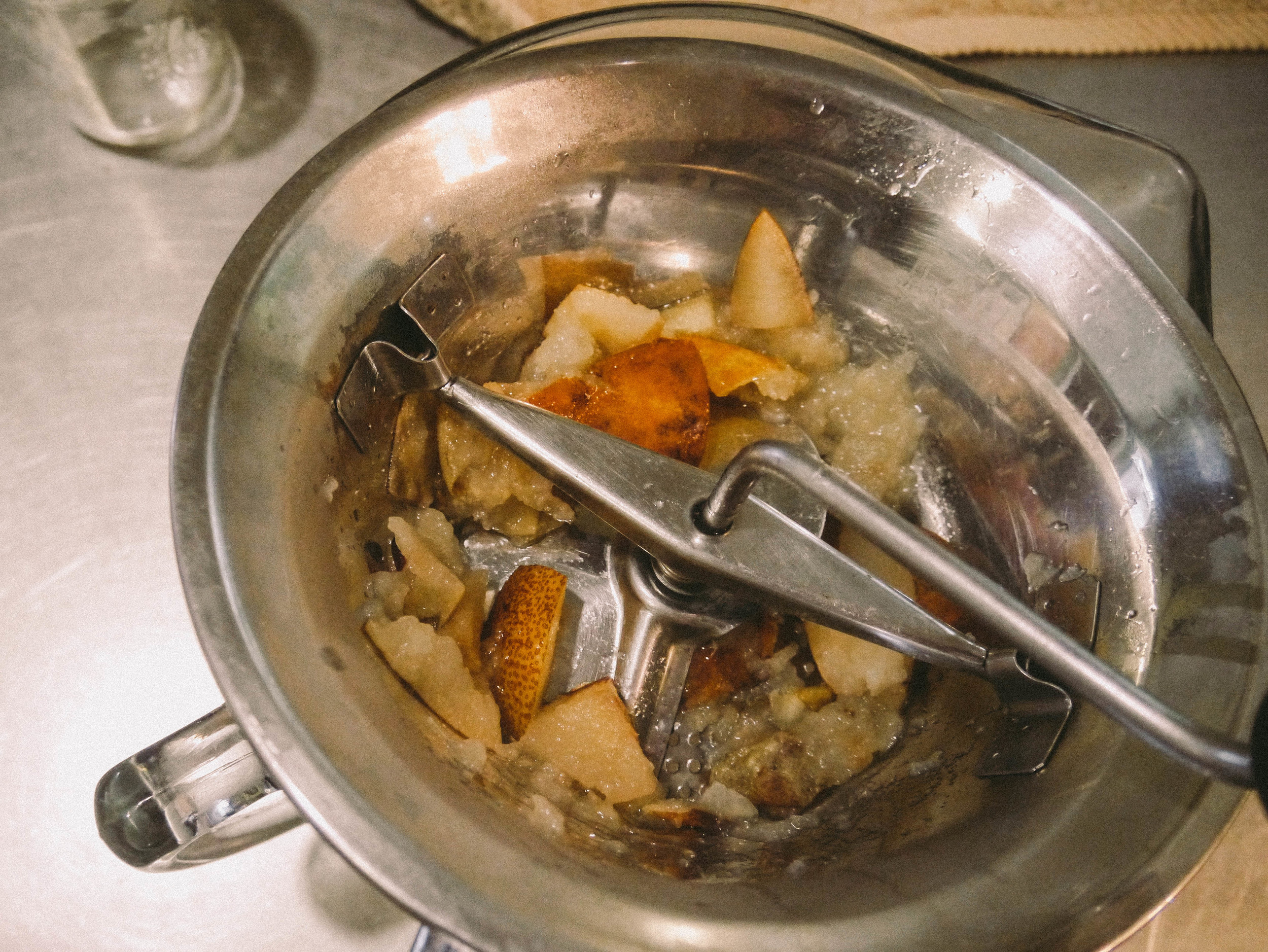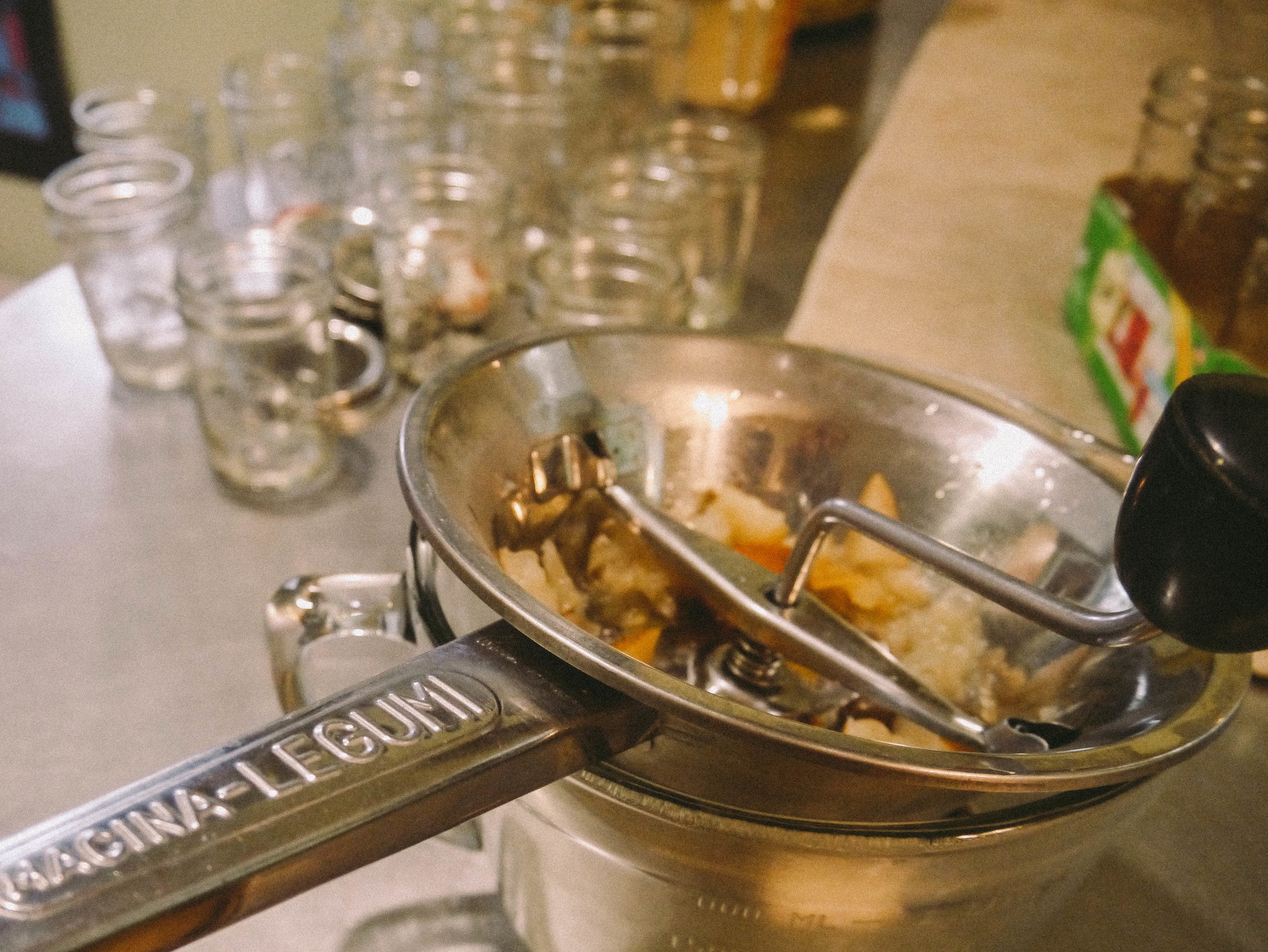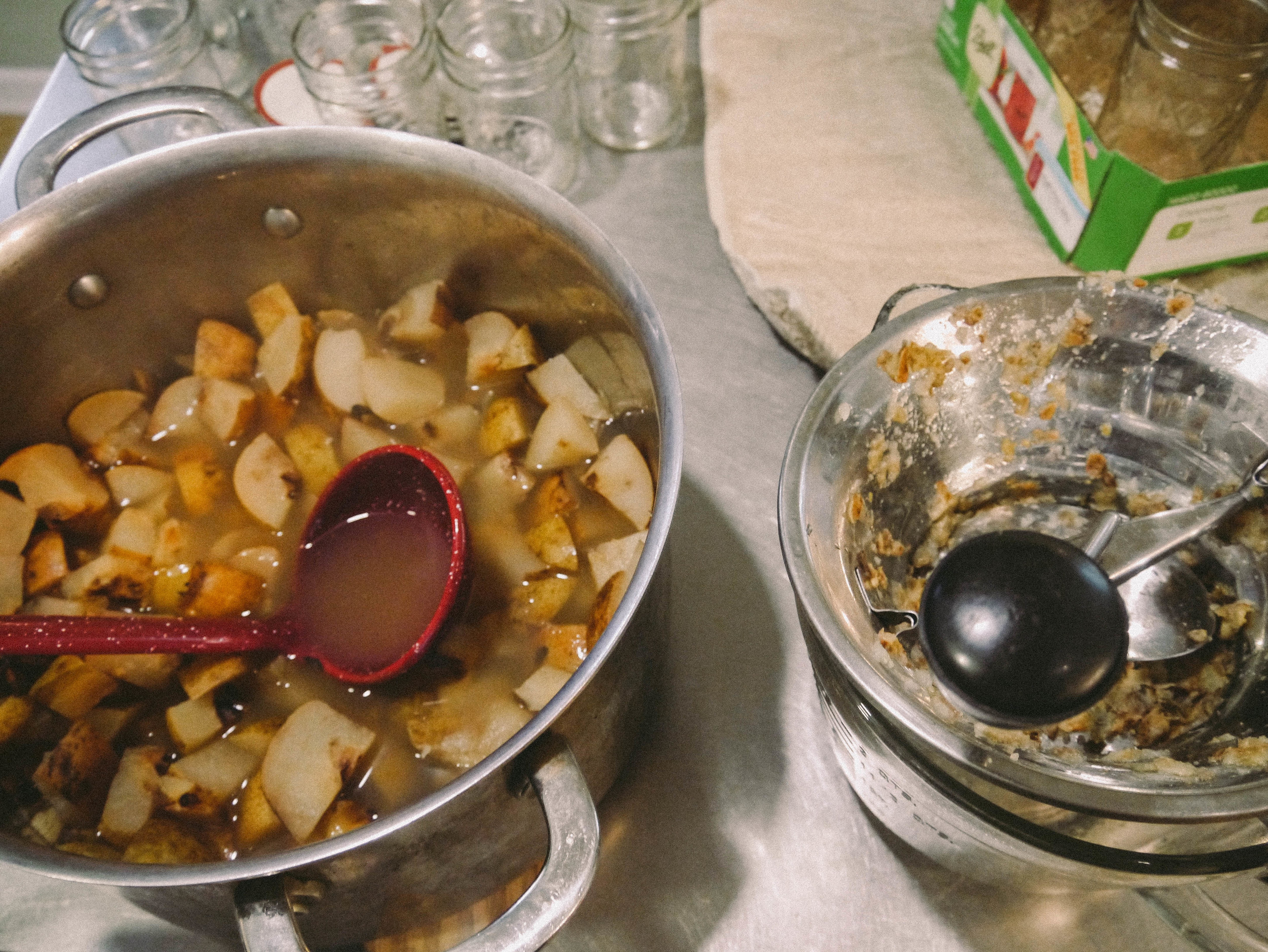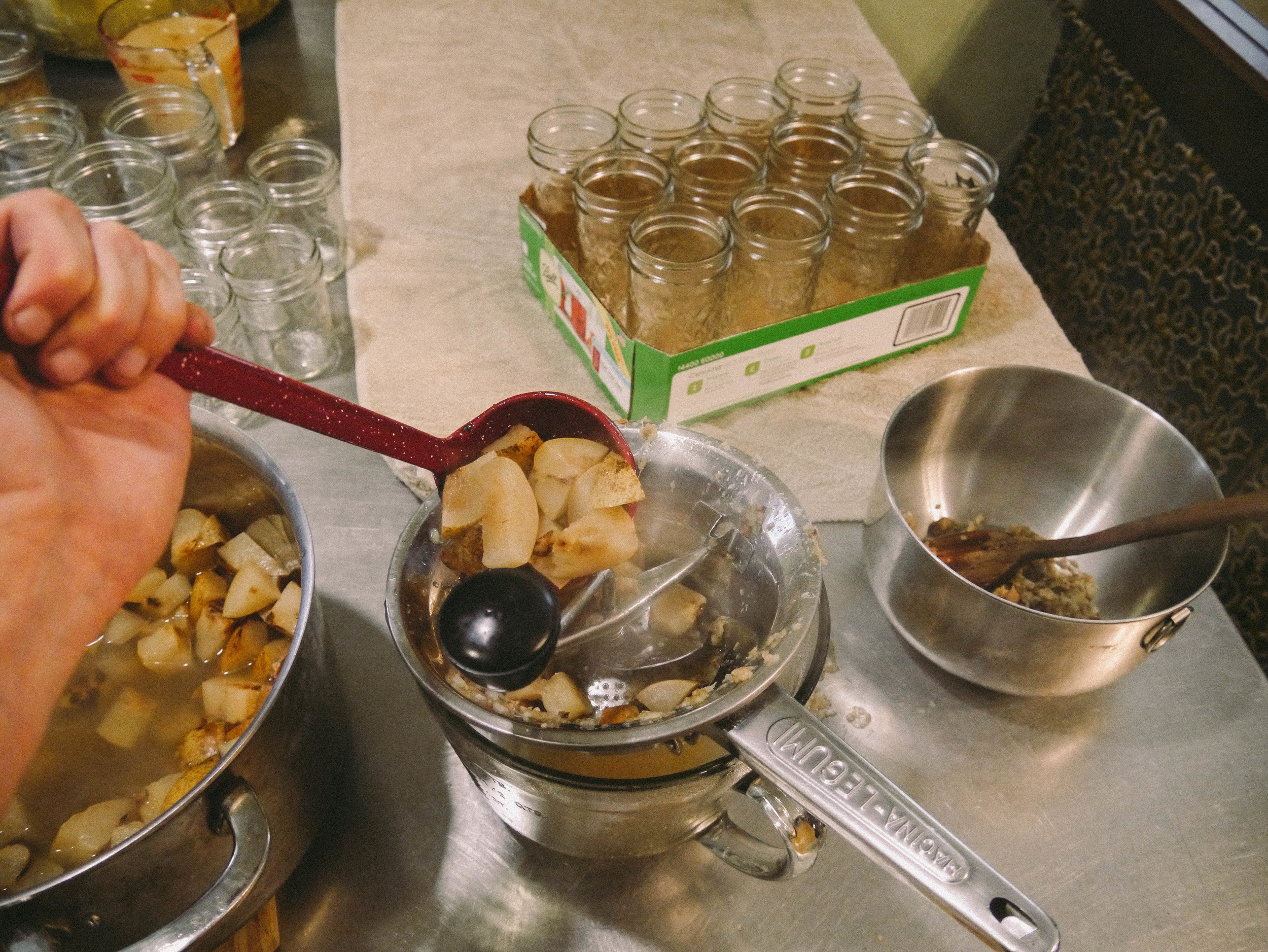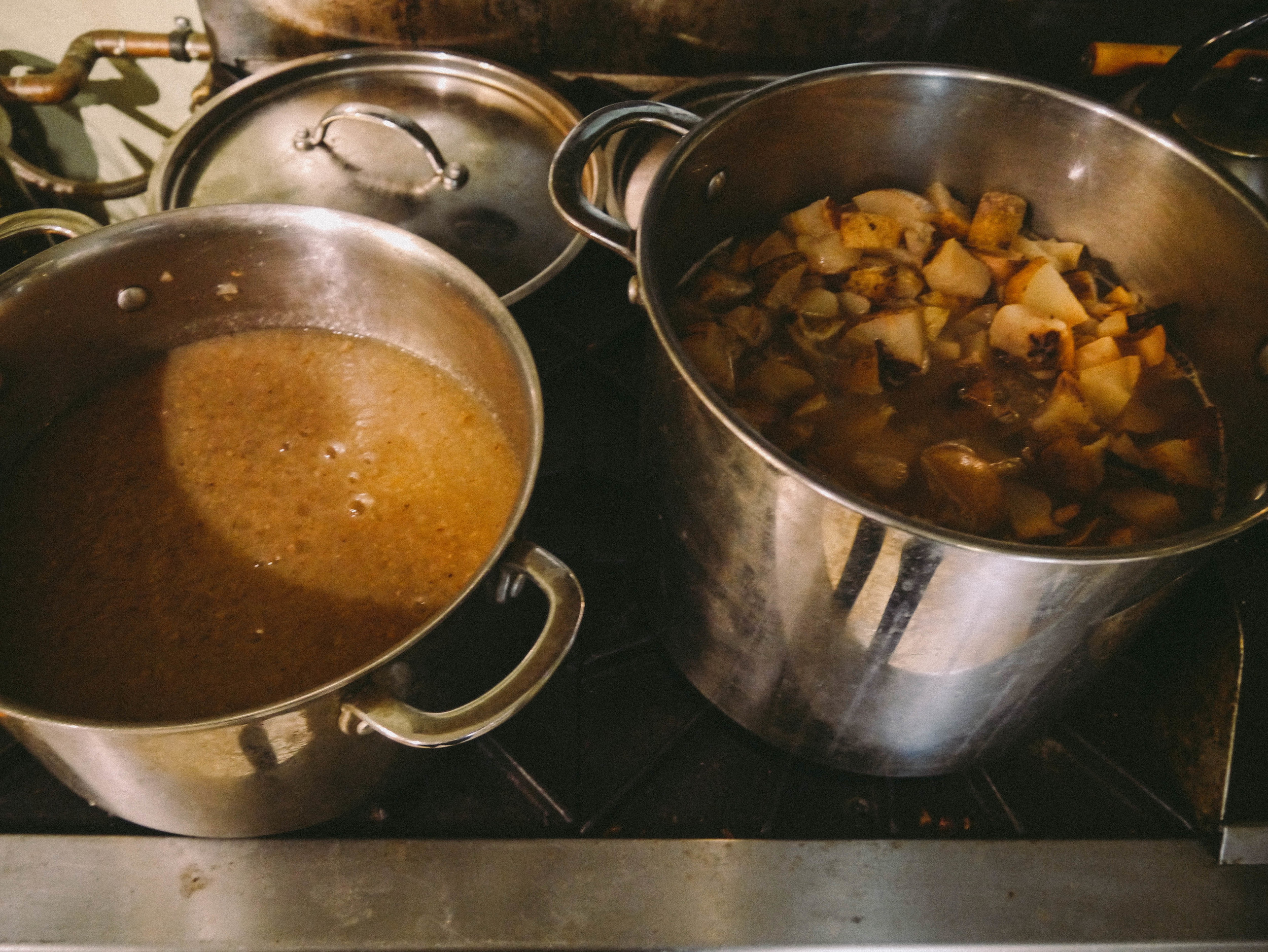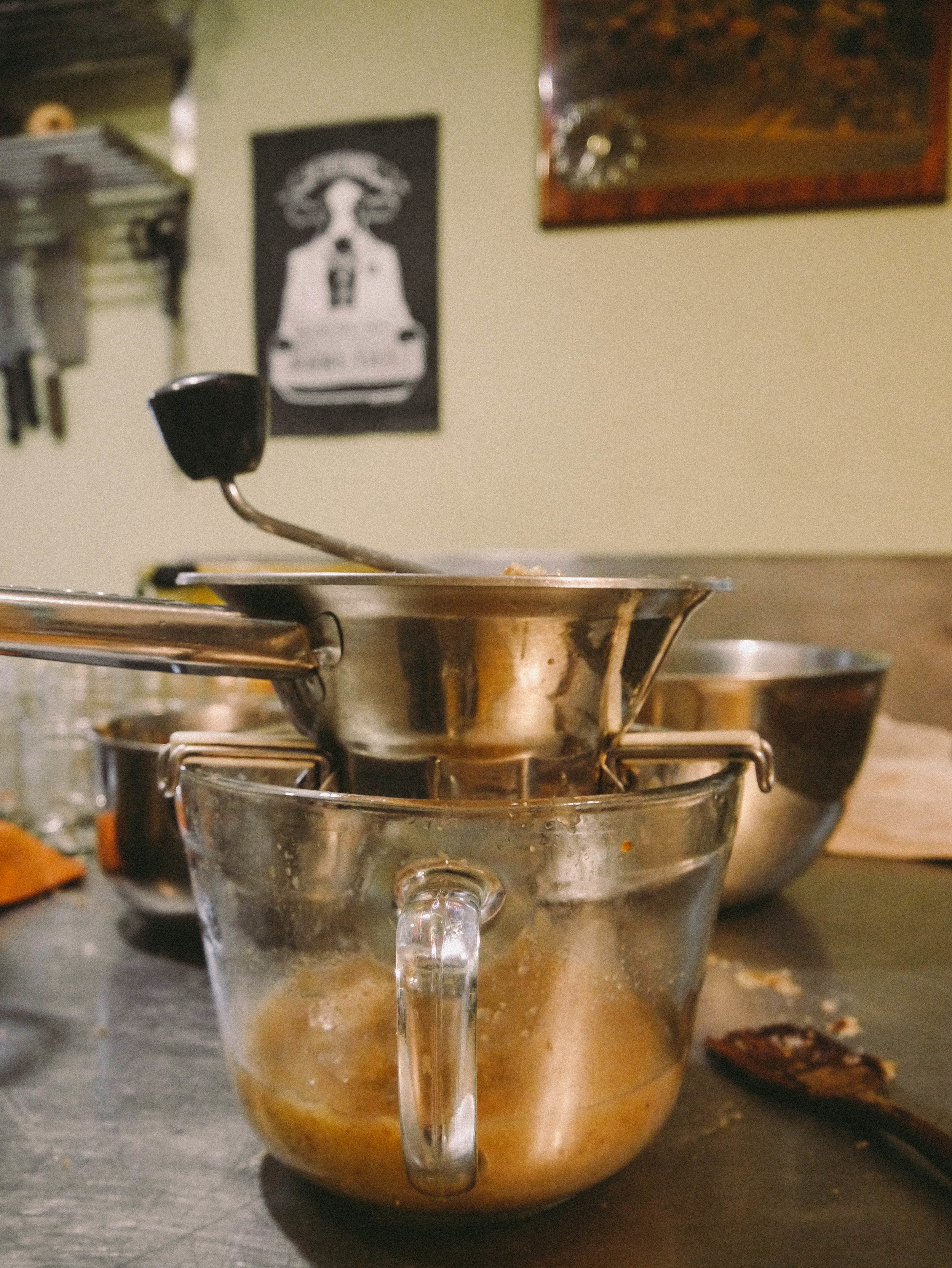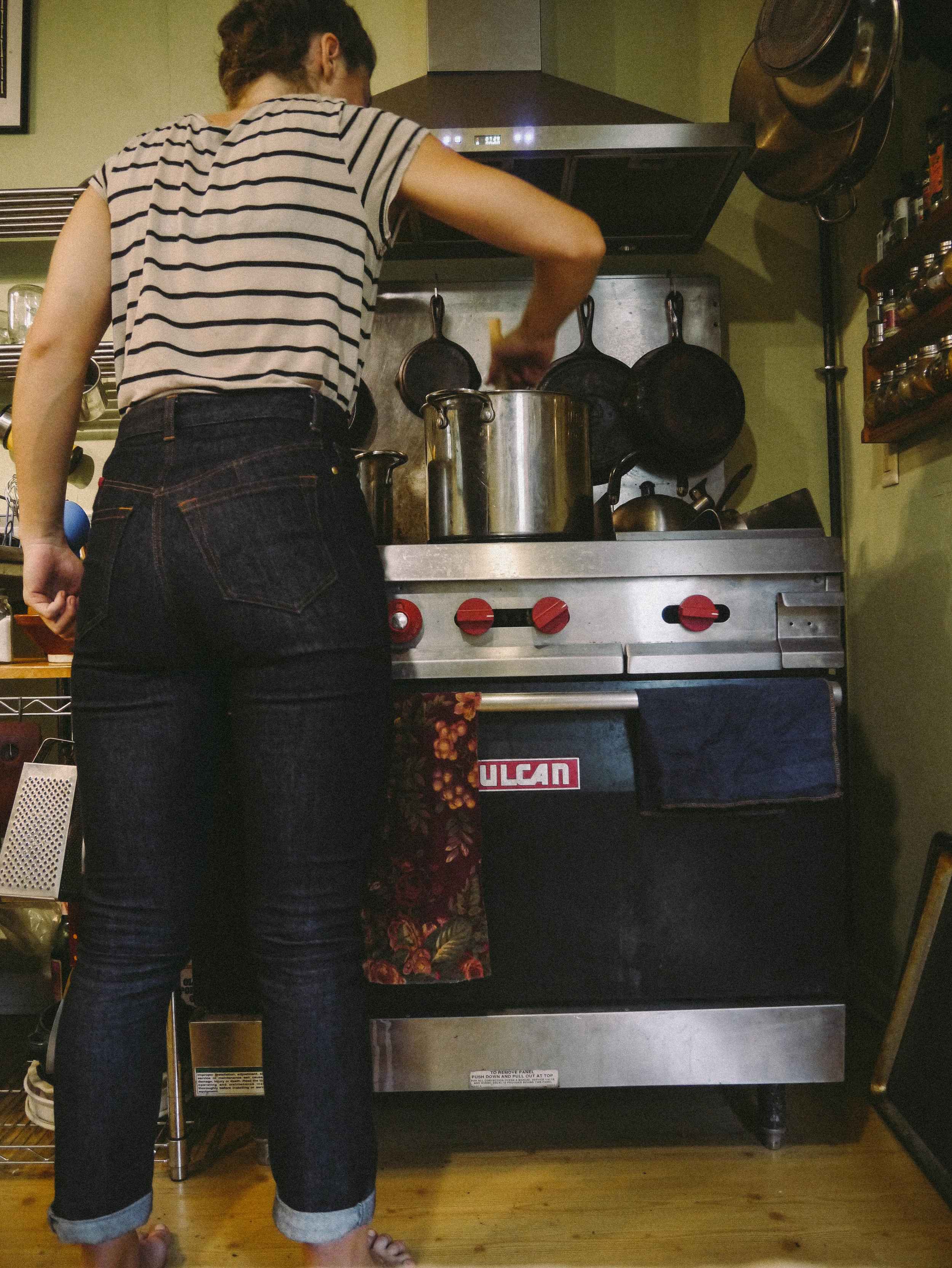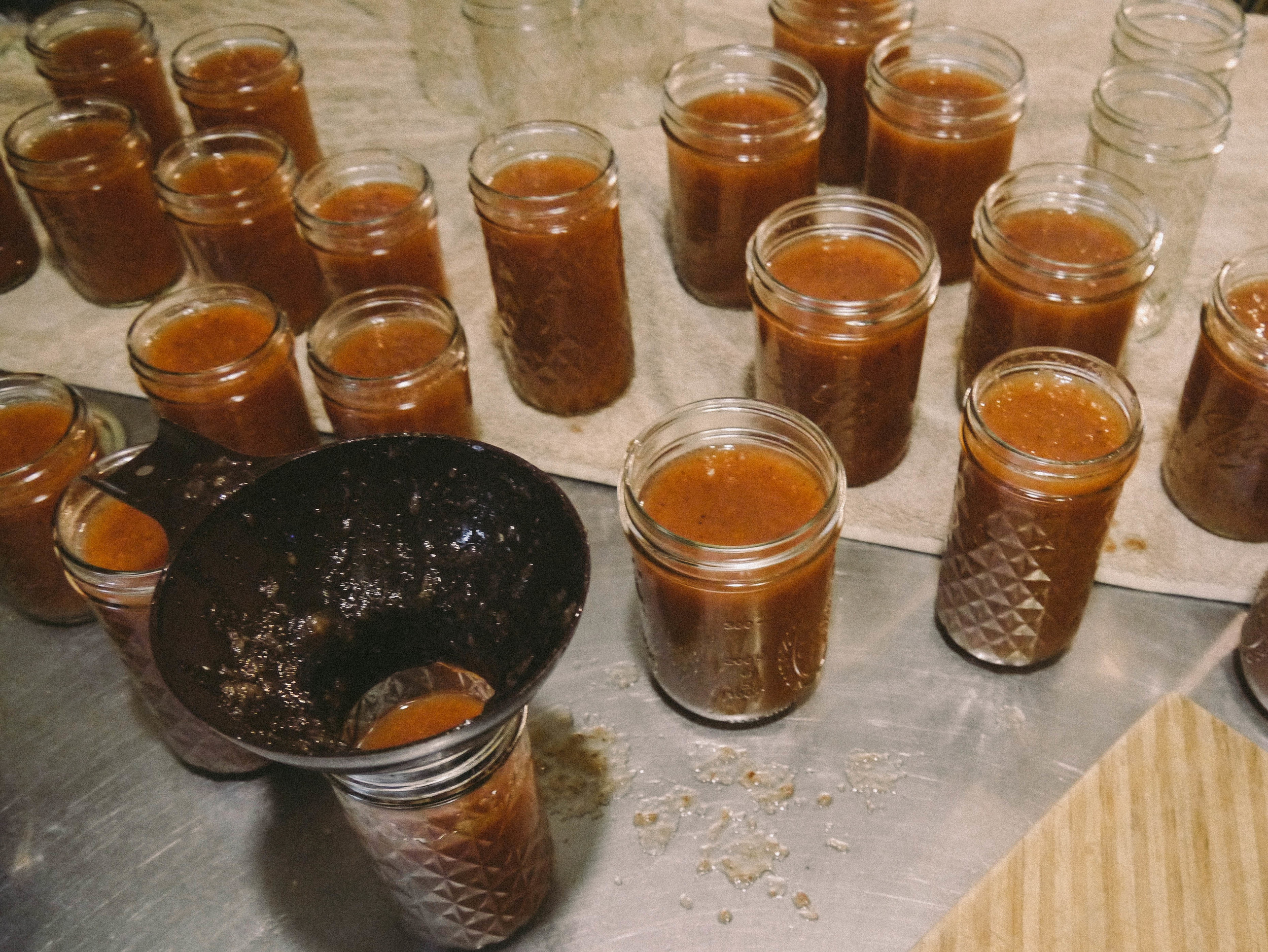Because we all need a little munch in our life without added preservatives, you know? These recipes below are simple, crunchy, healthy, and totally addictive. The only problem we have with them, is how fast they seem to disappear from the pantry. Within moments, they’re just.. gone.
Seasoning your chips is to your preference, but these recipes tend to lean toward a lil' sweet, and a lil' savory. If you're looking for a lot of chew (like tough as leather), it's better to leave your chips in the dehydrator for a few hours less. For a crunchier bite, stick to our advised dehydrating time of about 12 hours.
Beet Chips
Ingredients:
5 beets, I used golden and red
1/4 cup apple cider vinegar
1 tablespoon olive oil
1/4 cup water
Himalayan salt and pepper to taste
Method:
1. Mix together cider vinegar, oil and water. Set aside.
2. Slice the beets very thin. I used a mandoline for this.
3. Soak the sliced beets in the water mixture for about 10 minutes. You may have to toss to coat.
4. Spread on screens, sprinkle with salt and pepper. Dehydrate at 145 for 45 minutes, reduce heat to 115 and continue dehydrating for about 12 hours or until chips are crunchy.
*Note: Don’t worry about beginning dehydration temp. The food never goes above 115 and it’s raw integrity is not compromised.
Cinnamon Apple Chips
Ingredients:
6-8 apples
5 tbsp lemon juice
1 tbsp maple syrup (optional)
2 tsp cinnamon
Method:
1. Slice the apples as thin as you can get them. The key tool to have to make a wafer thin, uniform, crisp apple chip is a mandolin.
2. In a bowl, combine apples, cinnamon, whatever spices, and lemon juice. Mix around so both sides of the apple rings are coated in the mixture.
3. Place apple rings on mesh drying trays one at a time. Dry at 155°F for about 4 hours or until firm and crisp. Remove from trays, transfer to a wire rack and let cool completely. Serve immediately or store in an airtight container at room temperature for up to 3 months.
4. Embrace the smell of your kitchen.







